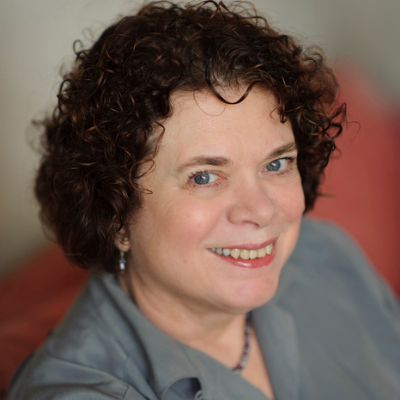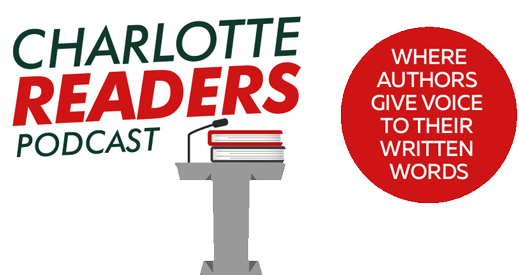The Formula: Add, Subtract, Reorder, Clarify
Writer: Nora Gaskin
I am a writer and I work as a developmental editor. Developmental is big-picture editing that looks at a manuscript for character development, plot development, scene-setting, thematic coherence, logical consistency, continuity—the elements that come together to tell a good story in a good way.
I am one of those writers known as a pantser. I write the story to find out what it is. Even the pantsiest pantser eventually will have a full first draft on her hands. She will then have to get organized and pay attention to all those things that I dig into in other people’s manuscripts as editor. She will have to embrace the hard part, the rewriting.
Some years ago, I heard a writer talk about his approach to revising and rewriting. He had a process: Add, subtract, reorder, clarify. I knew truth when I heard it. I coopted that formula then and there, for my writing and my editing.
When I write my editorial notes for writers, I organize them around the formula.
I had to apply the formula to my own work when I finished the first full draft of my novel, The Worst Thing. I felt the elation a pantser feels when her journey of discovery comes to “The End.” Then I checked the word count. Fifty-two thousand words. Too short to be a novel. I needed at least seventy thousand words. But they had to be meaningful words, words that added to the storytelling, not fluff and not flab.
I began to read, read again, and flag places where I could add. I flagged places where I needed to subtract. That’s scary when the objective is to gain twenty thousand words. I flagged some places where I could reorder and places where I could clarify. The formula provided me with the objectivity a writer needs to reimagine the story she thought she had completed, to make it better, and to do the work of rewriting that can be a slog but is all-important. The Worst Thing grew to a taut, tight 74,000 words.
Let me break the formula down for you.
Add may seem obvious. Add words. But where and how? There’s a Seinfeld episode in which George’s girl friend tells him she saw her ex and “ya-da, ya-da.” Writers ya-da, ya-da. They avoid the hard scenes. They forget that readers can’t read their minds. They collapse time. Ya-da, ya-da is funny in a sit com. It can frustrate readers and a frustrated reader may wander off to get a snack and forget to come back.
Subtract makes me think of my favorite of Elmore Leonard’s famous rules. “Leave out the part that readers tend to skip.” And Faulkner’s, “In writing, you must kill all your darlings.” Maybe those quotes say all there is to say about subtracting. But I’ll add, once you have turned all the ya-das into real scenes, real dialogue, start at the beginning of the manuscript and figure out what the readers will skip. Subtract. As for your darlings—the more you love a word or phrase or sentence, the more likely it is to need murdering.
Reorder gets at the order in which the story is told. Begin by telling it in chronological order. Then ask yourself, what does the reader need to know, and when does she need to know it? If fracturing the timeline and putting it back together in a different order reveals the story in a more satisfying way, go to it. Word of warning: Don’t do it just to be fancy and literary. Make sure reordering serves the reader and the story.
Clarify often means simplify. If action is hard to follow, it’s too complicated. If a landscape or streetscape or single room is described in detail after detail after detail, yet the reader doesn’t feel that she can walk into the book’s world, follow the paths, duck through alleyways, or cross the room and sit down, the details are wrong. They may be weak or stacked too high. The perfect detail or two or three may be in the stack, but they are buried when the stack collapses. Dig them out, polish them, let them stand strong.
My goal as a writer is to tell a good story and tell it well. My goal as an editor is to help writers tell their stories well. The formula is my best tool. I’m happy to share it.
About the Writer
 Nora Gaskin is the author of two novels, Until Proven and The Worst Thing, and a nonfiction book, Time of Death. She edited the anthology of short stories, Carolina Crimes: 21 Stories of Need, Greed, and Dirty Deeds.
Nora Gaskin is the author of two novels, Until Proven and The Worst Thing, and a nonfiction book, Time of Death. She edited the anthology of short stories, Carolina Crimes: 21 Stories of Need, Greed, and Dirty Deeds.
She is a lifelong resident of Chapel Hill, Durham, and Chatham County, North Carolina. She loves the Piedmont landscape with its hills, woods, and curves that keep viewers from seeing what’s ahead. It’s the perfect place for a mystery/suspense writer to live.
Website: noragaskin.com
Writer’s podcast episode, HERE.
